Ever faced the tough challenge of removing JB Weld from wood? Discover the surprisingly simple secrets to tackling this sticky situation with ease!
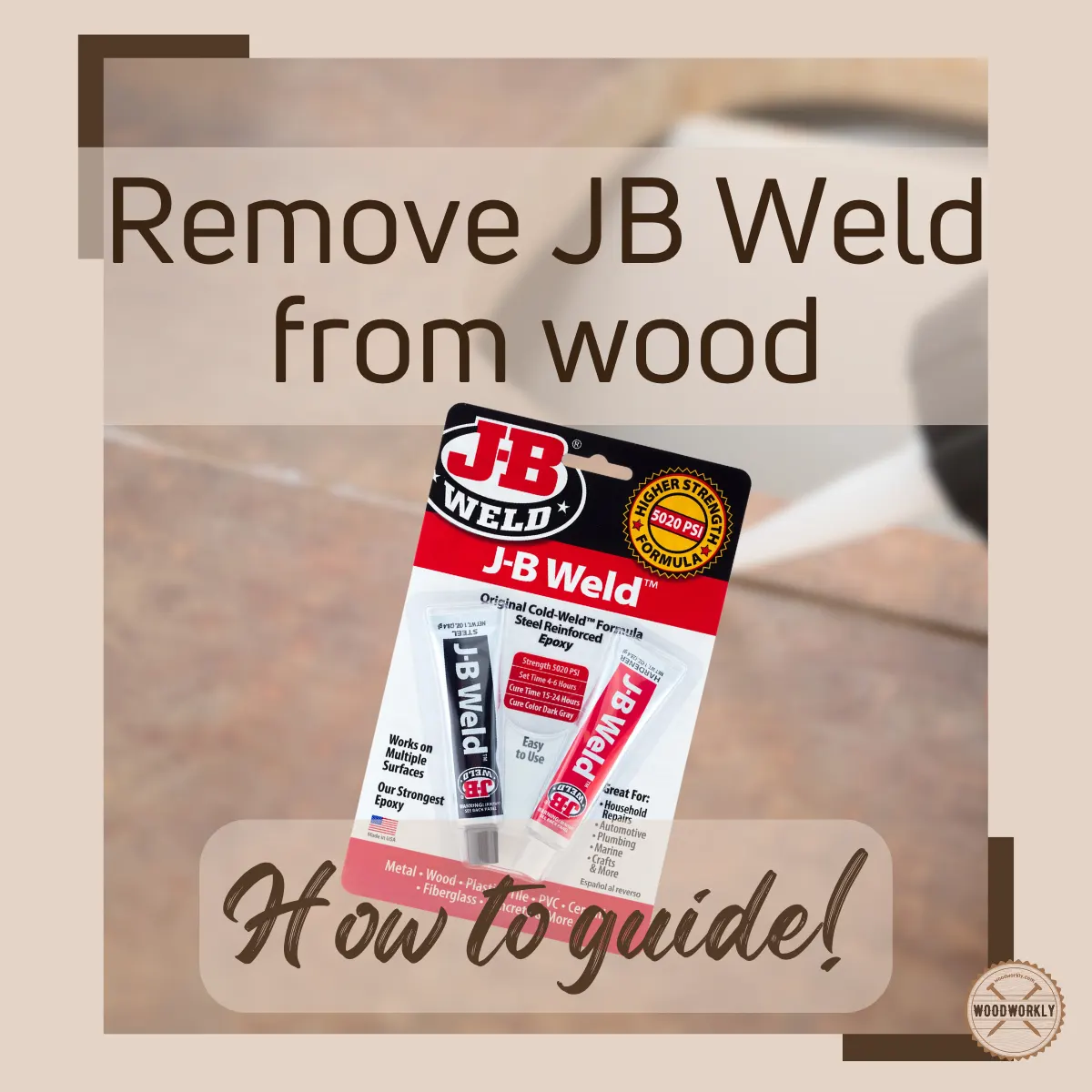
JB weld makes an extremely strong bond with wood, which is useful to repair damaged furniture parts, restored rotted wood, build window frames, fill gaps and cracks, and a lot more.
But have you ever thought of removing JB weld from wood?
I did. I was dissembling a cabinet that had wooden parts that are tightly combined with JB weld I was curious about removing JB weld safely from wooden parts without damaging them.
Here’s what I did! Let’s discuss How to remove JB weld from wood?
To remove JB weld from wood, expose JB weld to extreme 600 degrees Fahrenheit temperature with a heat gun, grind the cured epoxy with a grinder, or apply chemicals like acetone and vinegar on JB weld. Do not try more than one method to remove JB weld.
But there’s a lot more to get into about removing JB weld.

So, in this article, I’ll explore all there is to know about how to remove JB weld from wood, what tools and materials are required to remove JB weld, and tips and techniques.
Furthermore, I’ll answer some frequently asked questions as well.
Let’s dive in!
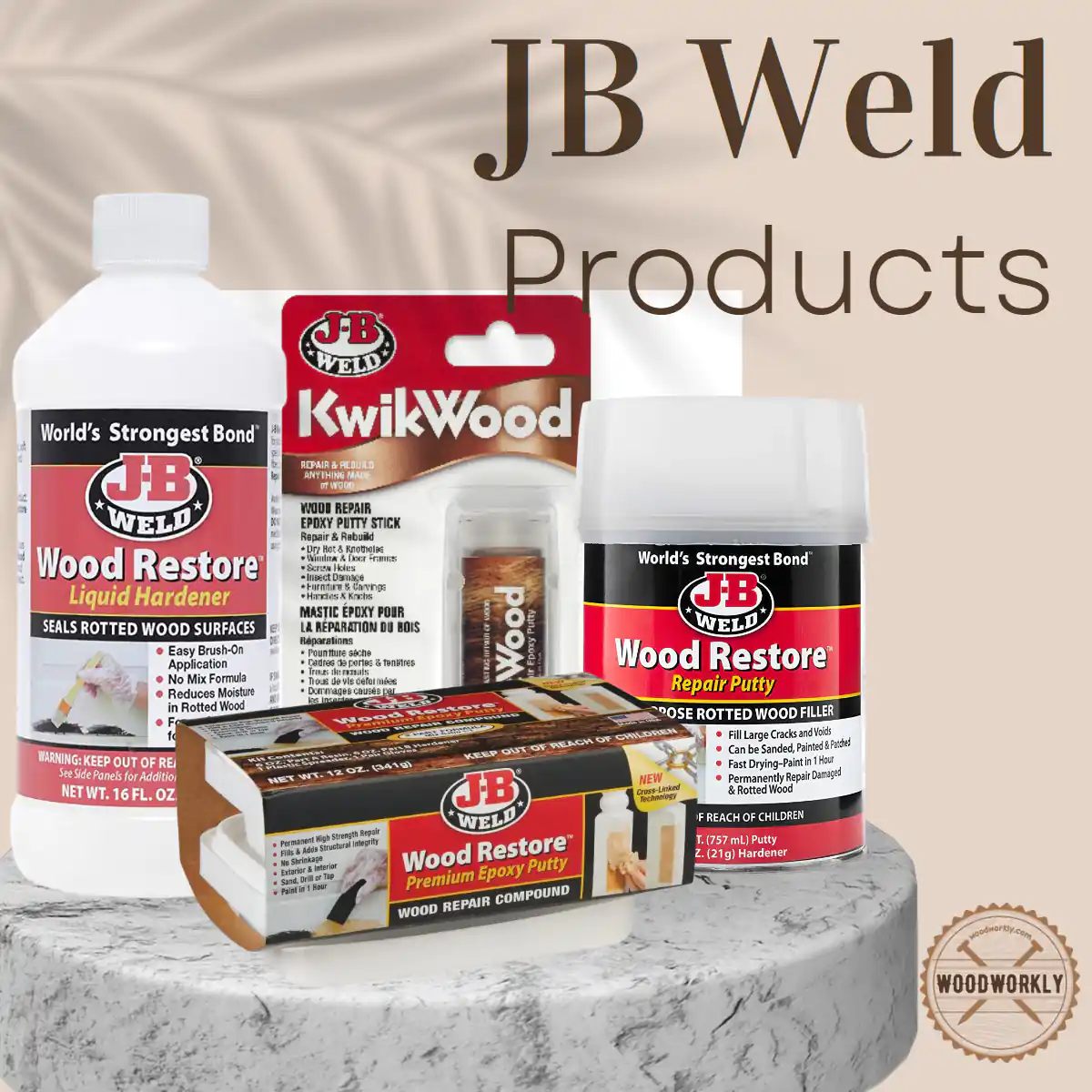
Can You Remove JB Weld?
Yes, you can remove JB weld. But it is difficult to remove JB weld using regular methods since it is difficult and JB weld makes a stronger bond than the original bond between wood fibers itself.
But JB weld is not permanent. You’ll have to use special methods to remove JB weld from wood.
Make sure to stick to one method until you get succeed because using more than one method of removing JB weld at a time can mess things up.
Here’re some possible methods you can use to remove JB weld,
- Expose to extreme temperature levels above 600 degrees Fahrenheit
- Grind or file with mechanical force using a grinder
- Add chemicals like acetone and vinegar
Once JB weld gets hardened and cured, JB weld makes a super strong bond with wood with a tensile strength of 1,800 PSI which is able to tolerate even up to 500 degrees Fahrenheit with no issues.
This all happens within the very first 6 minutes after the application of JB weld.
Surprising right!
According to the experts, once gets hardened and cured, JB weld is stronger than Epoxy and Gorilla Glue.
I know you’re eagerly waiting to know how to remove JB weld in detail.
Enough chit-chat. Let’s jump into it!
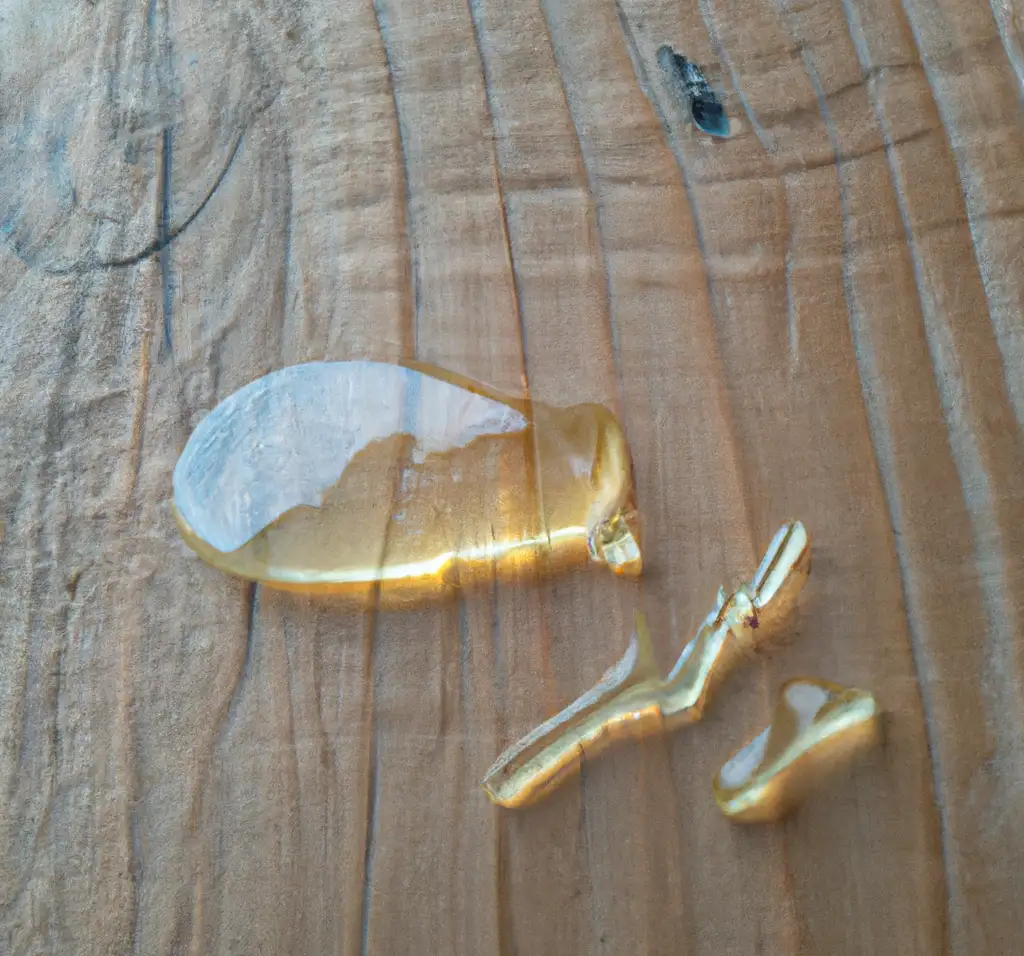
How to Remove JB Weld From Wood?
You can remove JB weld from wood by heating, grinding filing, or using chemicals.
Let’s talk about those methods in detail.
1. Removing JB Weld Using Heat
Heating is the best method to remove JB weld since you don’t have to use lots of mechanical force and no need to contact with harsh acids and chemicals.
Heating with more than 600 degrees Fahrenheit breakdown the bonds between JB weld and the material and you’ll be able to remove JB weld easily.
Heating is the easiest and the most efficient way of removing JB weld.
Safety precautions:
- Make sure to wear a goggle when heating JB weld area with extreme temperature levels to protect your eyes from extreme heat.
- Facemask is a must since upon heating some harsh chemicals and fumes release from the JB weld. Inhalation those fumes and chemicals cause breathing issues.
- Wear gloves when heating up JB weld since skin contact causes skin irritations.
Tips:
- Work in a well-ventilated area with good air circulation to remove harsh fumes quickly from the working area causing breathing issues.
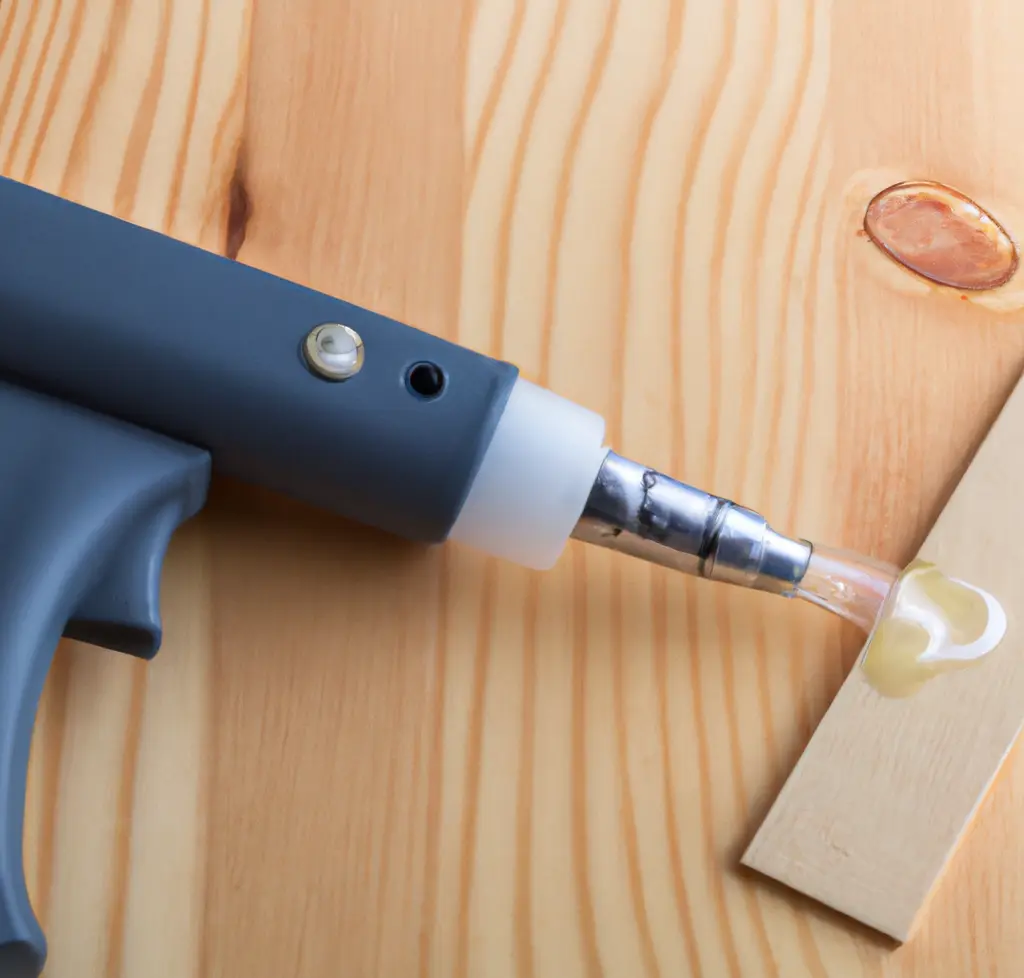
Tools And Materials to Remove JB Weld Using Heat
- Heat gun or Propane tank with torch or Soldering iron
- Goggles
- Face mask
How To Remove JB Weld Using Heat?
- Use a heat gun to easily remove JB weld, which softens and breaks down at extreme temperature levels.
- Expose JB weld to a temperature exceeding 600 degrees Fahrenheit using a heat gun, which damages its internal chemical structure and loosens its bonds, making it easier to remove.
- Alternatively, use a propane tank with a torch to expose JB weld to a temperature above 600 degrees.
- Employ a propane torch with a low flame to heat the JB weld.
- If the JB weld applied area is small or if there’s a risk of burning the material it’s attached to, use a soldering iron for removal.
- A soldering iron is effective for small areas.
- Ensure the temperature is maintained above 550 degrees Fahrenheit, as JB weld can tolerate and remain stable up to 500 degrees Fahrenheit.
- Once the temperature reaches the 600-degree mark, the glue will become unstable and start to detach from the surface.
But make sure not to burn the material that JB weld attaches into. If the material cannot withstand extreme temperature levels, this method is not for you.
You’ll have to go for another method.
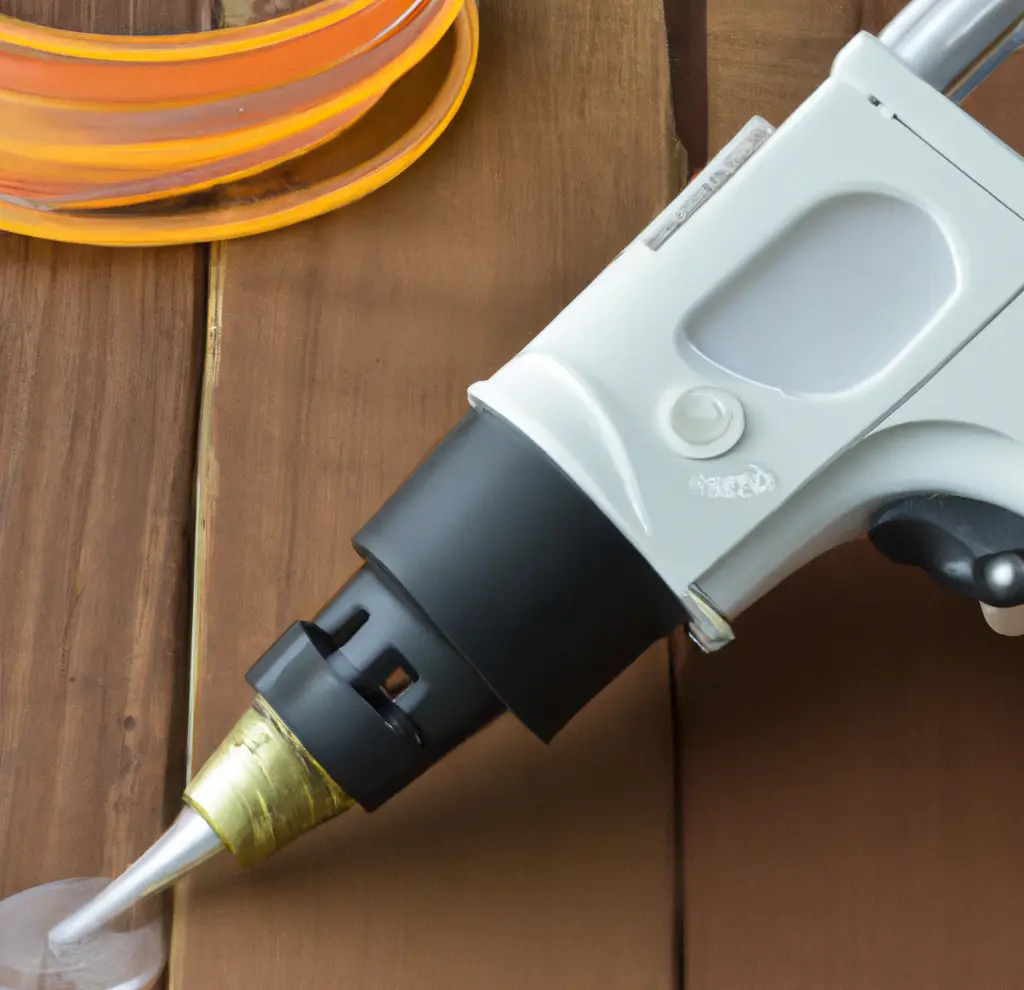
2. Removing JB Weld Using Grind Or File
You can remove JB weld using mechanical force. Removing JB weld by grinding or filing is good especially when the area is too big.
This method is pure hardwood and time consuming than other methods.
Safety precautions:
- Make sure to wear goggles when using mechanical abrasion to remove JB weld area to protect your eyes from metal shavings that release upon abrasion.
- Facemask is a must since upon grinding and filing some metal shavings release from the JB weld. Inhalation of dust cause breathing issues.
- Wear gloves to prevent metal shavings from contacting your skin which causes skin irritations.
Tips:
- Make sure to grind or file the JB weld area carefully without damaging the wood or material underneath.
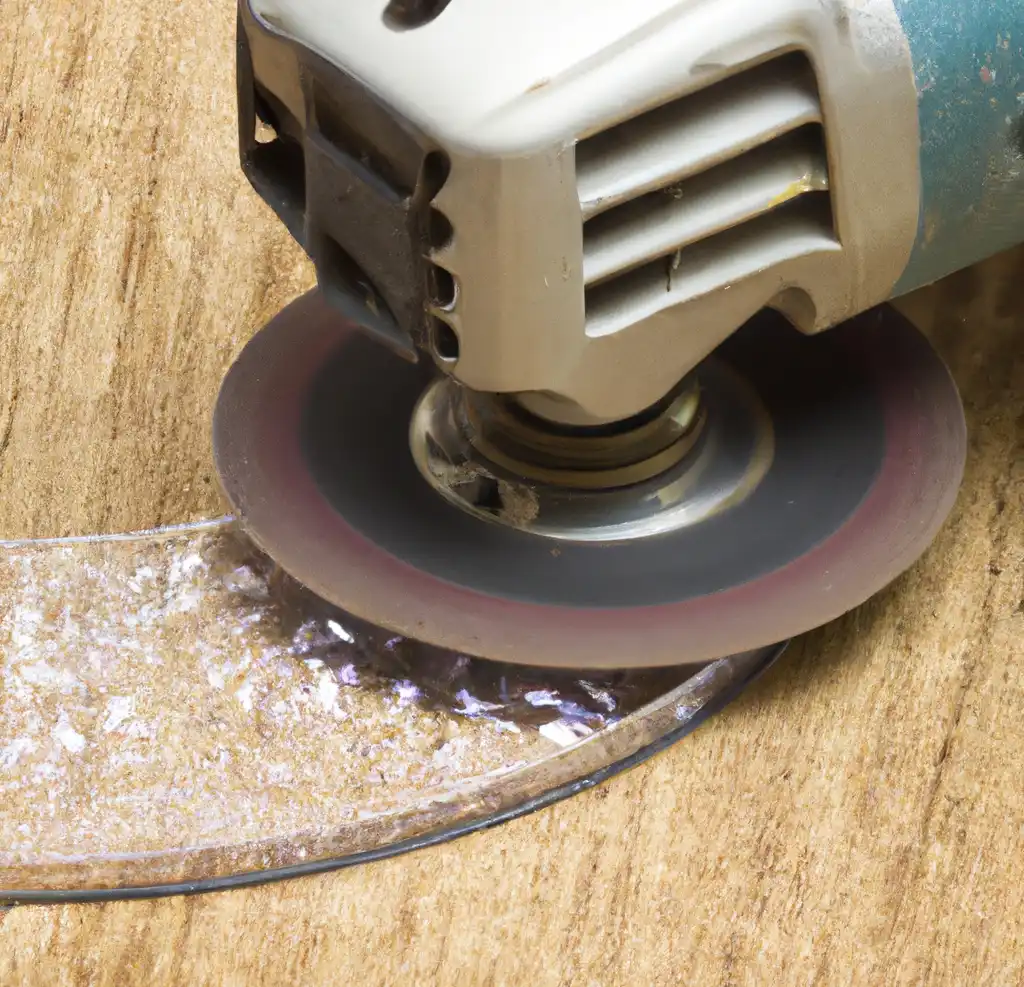
Tools And Materials to Remove JB Weld Using Mechanical Abrasion
- Angle grinder or Dremel or sandpaper
- Goggles
- Face mask
- Gloves
How To Remove JB Weld Using Mechanical Abrasion?
Use an angle grinder or Dremel or sandpaper to grind or file the JB weld area and break its bond to the material underneath.
You need to do this carefully without damaging yourself and the wood underneath.
Here you need to have enough strength to break JB weld with an impact strength of 1,800 PSI.
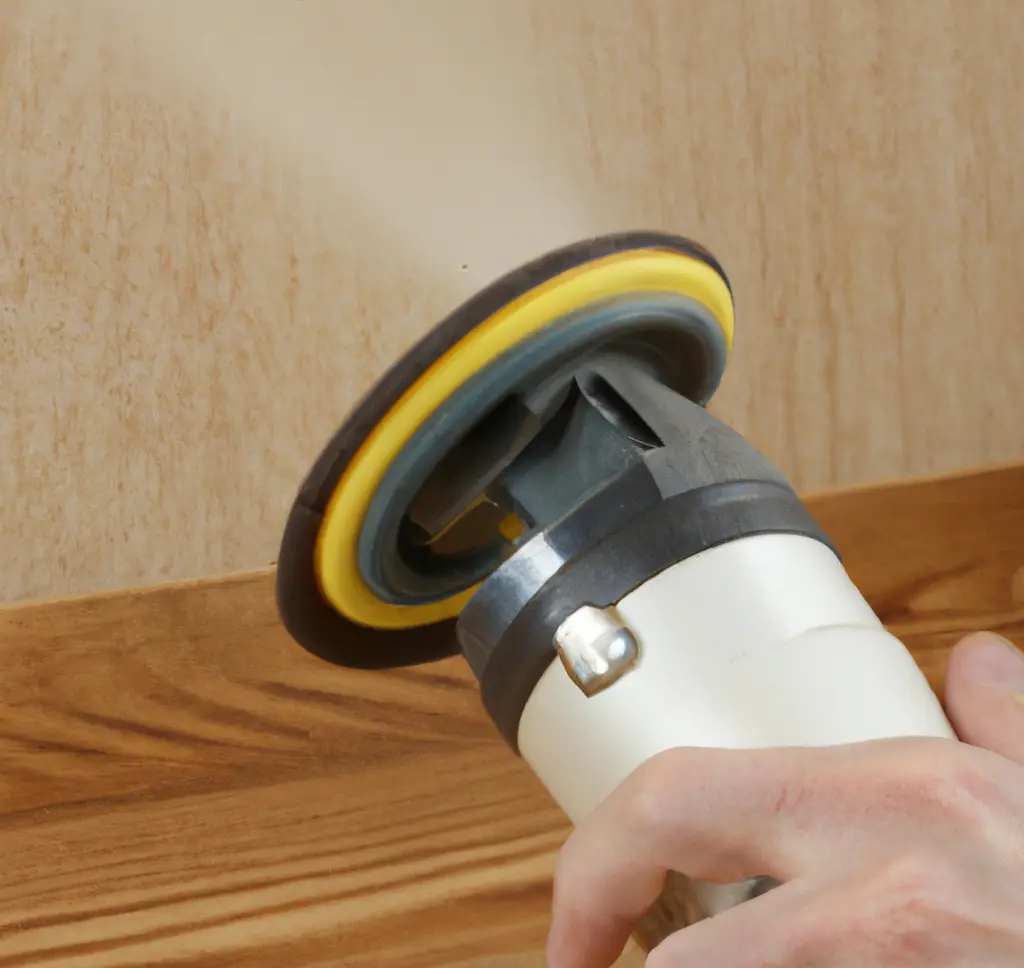
3. Removing JB Weld Using Chemicals
JB weld can remove using acetone or vinegar or any other strong acids and chemicals.
Compounds in acetone and vinegar are able to break the bonds of JB weld and make it soften.
Test acetone and vinegar on the material underneath first to check whether it damages due to their acidity.
If not, you’re good to use acetone or vinegar on JB weld.
Safety precautions:
- Make sure to wear a goggle when applying chemicals on JB weld area since those chemicals might fly and contact with eyes that cause irritations.
- Facemask is a must since some harsh chemicals and fumes release from the chemicals. Inhalation those fumes and chemicals cause breathing issues.
- Wear gloves to prevent chemicals and acids from contacting the skin that causes skin irritations.
Tips:
- Make sure to use one method at a time. If you’re using acetone to remove JB weld, never mix it up with vinegar. If you’re using vinegar never get mixed with acetone.
- Strong chemical reactions will happen as soon as when chemicals hit JB weld. Therefore, do it with care!
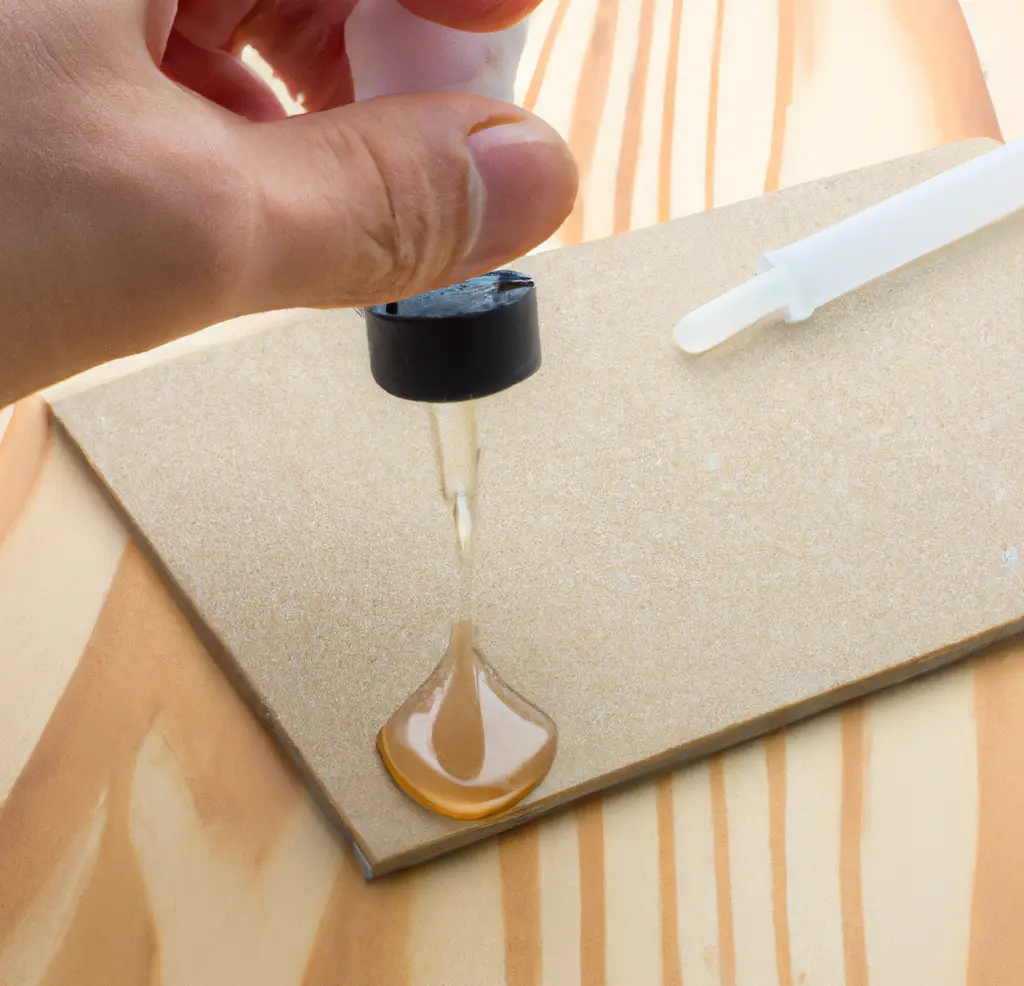
Tools And Materials to Remove JB Weld Using Chemicals
- Acetone or Vinegar
- Goggles
- Face mask
- Gloves
How To Remove JB Weld Using Chemicals?
- Apply acetone or vinegar thoroughly over the area covered by JB weld, ensuring no spots are missed.
- Once the JB weld area is fully saturated with the chemical (acetone or vinegar), a chemical reaction begins that breaks down the bonds of the JB weld.
- Allow the JB weld to dissolve in the acetone or vinegar, which typically takes about 10 to 15 minutes after application.
- After a few minutes, the cured JB weld will start to soften. At this point, wipe the surface with a tack cloth to remove the dissolved JB weld.
Make sure to test the above methods with scrap material which is the same as the material that JB weld sticks onto check whether they damage the material underneath.
Always follow safety precautions and tips during the process since you’ll have to face extreme heat or harsh chemicals during the removal of JB weld.
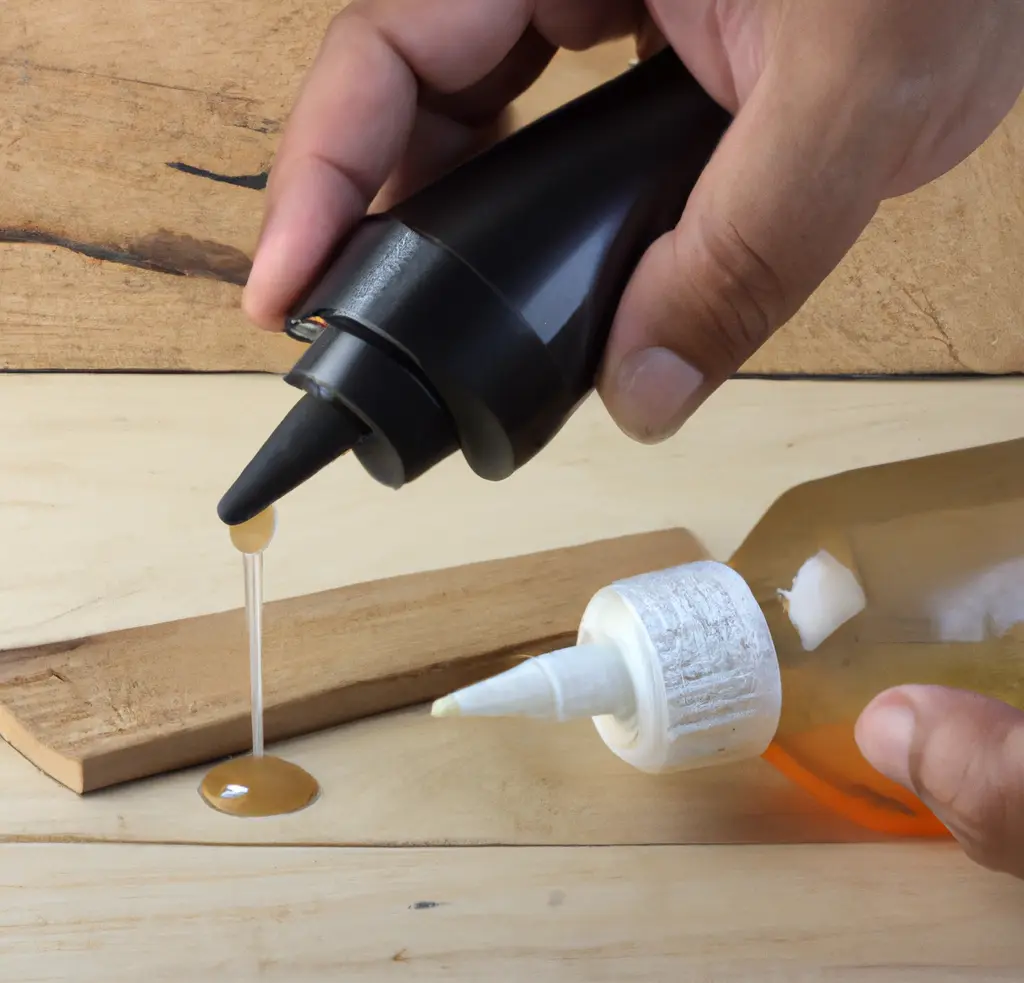
What Will Dissolve JB Weld?
Acetone and vinegar will dissolve JB welt. Those chemicals can use to remove JB weld from wood, metal, and plastic surfaces.
Make sure to use one acetone or vinegar at a time. Using both at the same time messes things up.
Acetone or vinegar reacts with compounds in JB weld to soften it and dissolve. Then you can wipe off the dissolved JB weld on the surface using a tack cloth.
Is JB Weld Permanent?
No, JB weld is not permanent. But removing JB weld is extremely difficult since it makes a strong bond with the surface underneath.
You need to use heat, mechanical abrasion, or chemicals to break the JB weld and make it soft to remove from the surface.
Does Alcohol Remove JB Weld?
No, Alcohol cannot remove the JB weld when it is fully cured and hardened.
But you can use alcohol to remove JB weld when it is curing.
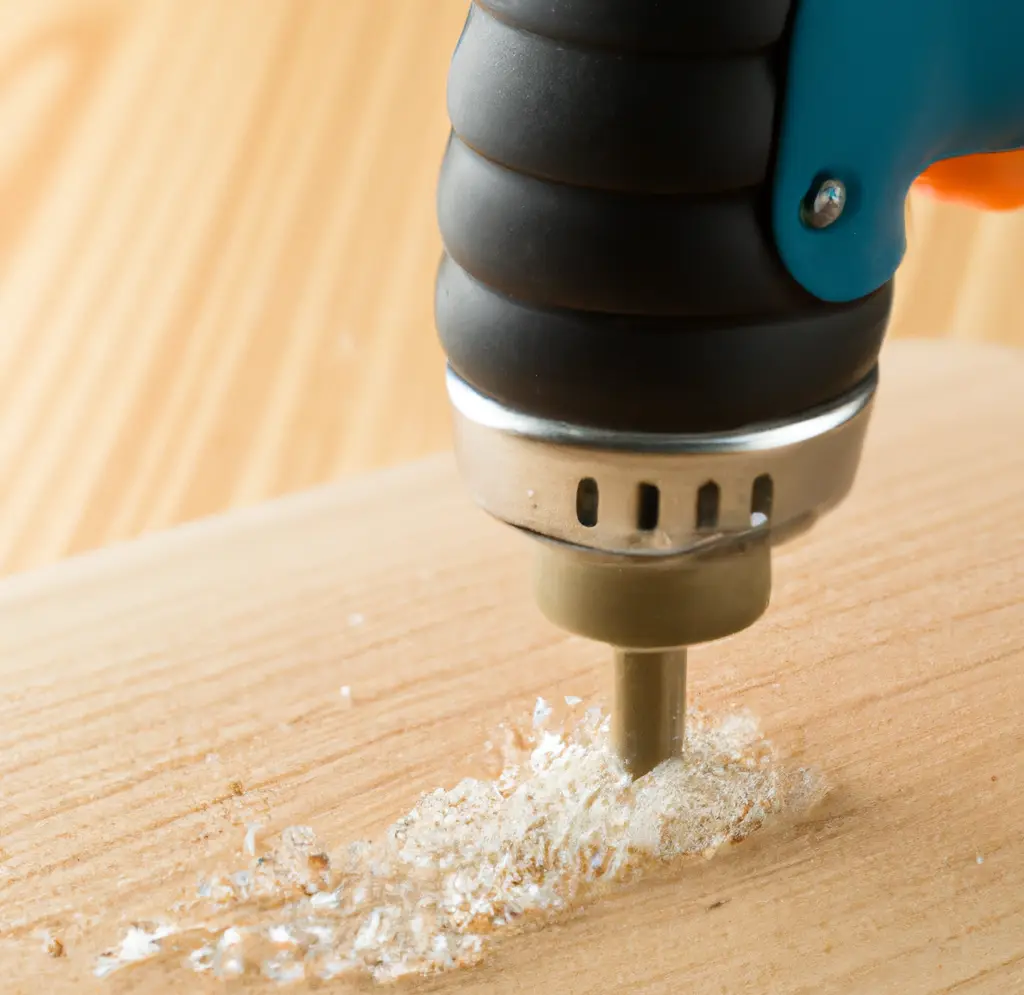
Let’s answer some frequently asked questions.
FAQs
Can JB Weld be removed from wood without damaging the wood?
Can JB Weld be removed from wood without damaging the wood?
How long does JB Weld take to cure on wood, and does this affect its removal?
JB Weld takes 15-24 hours to cure on wood, and fully cured JB Weld requires more effort to remove.
What safety precautions should be taken when removing JB Weld from wood?
Wear protective gear like gloves, goggles, and a face mask, especially when dealing with high temperatures or harsh chemicals.
Did I cover all you wanted to know about: How To Remove JB Weld From Wood?
In this article, I’ve deeply explored how to remove JB weld from any surface including wood, and furniture, and what materials you need with all the safety precautions and tips.
You can remove JB weld on wood by heating it to more than 600 degrees Fahrenheit or using mechanical abrasion by grinding, filing, or adding vinegar or acetone to JB weld. Wear goggles and a face mask to prevent breathing issues, and eye and skin irritation due to harsh chemicals and fumes upon removal of JB weld.
Furthermore, I’ve answered some frequently asked questions as well.
Hope you learned everything you wanted to know about how to remove JB weld properly on any surface.
Try to practice the above method and select the one that suits you most according to your personal preference.